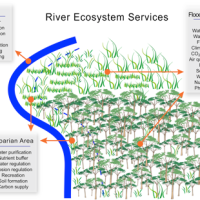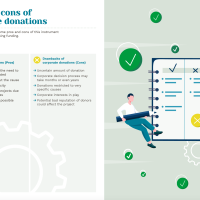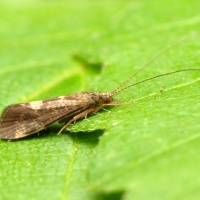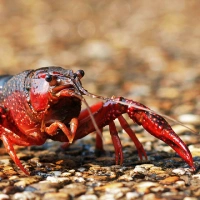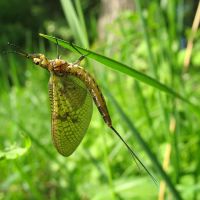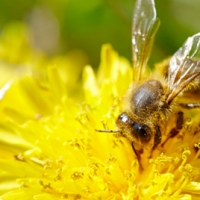Microplastics in transitional waters
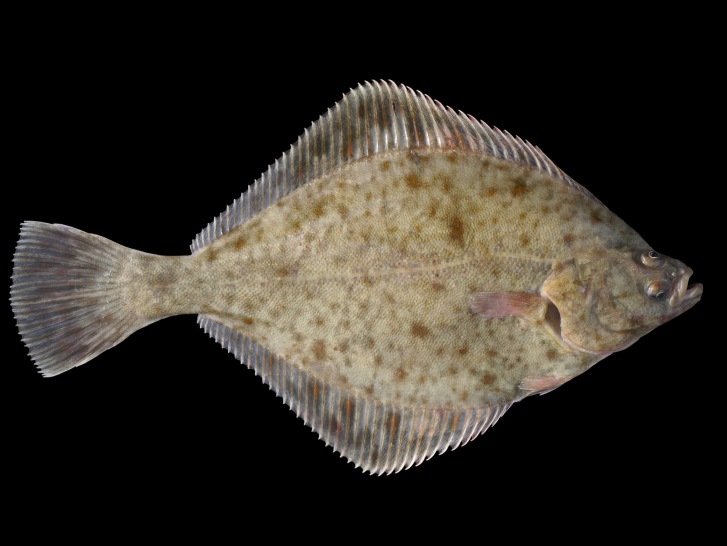
75% of flounder sampled in the Thames Estuary were found to have ingested microplastics. Image: Hans Hillewaert | Flickr Creative Commons
Estuarine – or ‘transitional’ – waters are often unique and fascinating ecosystems – dynamic, liminal landscapes of brackish water between freshwater and the sea, through which adapted species such as salmon and flounder frequently migrate and move. Transitional ecosystems are often highly influenced by the tide, which can alter the amount, speed and salinity of water flows numerous times each day.
The term ‘transitional waters’ first came to prominence through the publication of the EU Water Framework Directive in 2000, which required European member states to improve the ecological status of fjords, estuaries, lagoons, deltas and rias alongside fresh and groundwaters through their river basin management plans. As Steve Ormerod and G Carleton Ray recently argued, such interconnected freshwater-marine management may have a range of positive aquatic conservation outcomes.
Transitional waters are impacted by a range of distinctive pressures and stresses. Estuaries are frequently dredged and deepened in order to allow for shipping, whilst coastal land may be reclaimed and reinforced in order to provide building land to support tourism and flood defences. Such morphological stressors can significantly alter the amount and quality of habitat available to aquatic species in transitional ecosystems.
Transitional waters are often impacted by a range of chemical stressors, too. River estuaries often accumulate nutrients and pollutants brought downstream from their catchments from agricultural, industrial and urban emissions. High nutrient levels coupled with reduced water flows in estuary waters may cause algal blooms and eutrophication, whilst high levels of deposition may cause the buildup of harmful chemicals and toxins in estuary sediments.
Microplastic pollution is an emerging aquatic stressor (we’ve previously covered it here), which is increasingly common in transitional waters. Microplastics are – as the name suggests – tiny pieces of plastic (less than 5mm in diameter) which are often used in domestic cleaning products, toothpastes and facial washes. As this blog by Winnie Courtene-Jones outlines, microbeads are so small they typically pass through water filtration systems, are incredibly prevalent (a single tube of body scrub can contain up to 360,000 microbeads), and are often hard-wearing, potentially taking decades to break down.
Microplastics pose an environmental threat largely through their accumulation: they are increasingly found in the bodies of aquatic mammals, birds, fish and crustaceans, and can increase the uptake of pollutants, be sources of toxins, and alter reproduction and feeding behaviours.
A newly published paper in the journal Environmental Pollution provides evidence on the increasing impact of microplastics on fish species in transitional habitats. A team of researchers from Royal Holloway and the Natural History in London led by Alex McGoran investigated the ingestion of microplastics by two fish species – flounder and smelt – in the Thames Estuary in south-east England.
The researchers found that 75% of flounders sampled at two different sites in the estuary had microplastic fibres in their gut. The most frequent microplastics found were red or black polyamides, with others including acrylic, nylon, polyethylene and polyethylene terephthalate.
The impact of microplastic stress on fish species depended on their feeding strategies. Where the bottom-feeding (or benthic) flounder had extremely high levels of microplastic ingestion, only around 20% of the open-water feeding (or pelagic) smelt sampled were affected.
The new study provides the first scientific evidence of microplastic ingestion in Thames Estuary fish species. It complements recent research by the Thames21 charity, which has documented widespread plastic pollution in the Thames in London, through a series of citizen science initiatives. The plastics documented in the Thames21 surveys were most frequently derived from the breakdown of food packaging discarded as litter.
In the USA, the use of plastic microbeads in cosmetic products has been banned, and there are increasing calls in the UK and Europe to do the same. Increasing evidence on the incidences and impacts of microplastics in aquatic ecosystems – such as in the new study – can only help support ongoing campaigns for their regulation.
Read the full article (open-access) in Environmental Pollution here.






